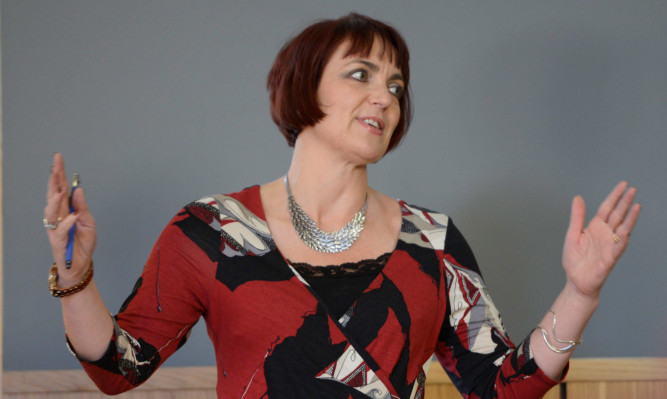Key figures in Scotland’s universities could face being elected into the job as a result of new legislation published by the Scottish Government.
The Higher Education (Governance) Scotland Bill puts forward plans for a major shake-up of how universities are governed.
This includes a requirement for university chairs to be appointed in line with an agreed, consistent process, with ministers planning on using this to introduce elections for these positions.
The Scottish Government had already proposed that the chair of university courts – the governing bodies of the institutions – should be voted in by a “balanced and representative electorate” of “appropriate persons”.
More than three-quarters (78%) of those who responded to a consultation were opposed to this, with some universities arguing it could see chairs being appointed when they do not have the confidence of the governing body.
But Education Secretary Angela Constance said that the proposed legislation would “create a more modern and accountable framework of governance” for higher education.
The Bill, if passed, would also make sure that staff, students and trade unions are all represented on university governing bodies, and would strengthen the current definition of academic freedom.
Ms Constance said: “These proposals will create a more modern and accountable framework of governance for our higher education institutions to work within. Crucially, they will give a greater voice to students and staff.
“The Bill also explicitly strengthens academic freedom to drive forward progressive and innovative ideas.
“We want the public to have total confidence in how our universities operate.
“That’s why we are enabling the higher education sector to adopt transparency and inclusion as key governing principles, and ensure that more light is shone on decision-making processes.”
It comes after Professor Ferdinand von Prondzynski carried out a review of how universities are governed for ministers.
A new code of governance was adopted in 2013, which Universities Scotland said had led to more than 350 changes across the sector in less than two years.
Professor Pete Downes, convener of Universities Scotland and principal of the University of Dundee said: “Universities believe we have a strong system of effective, inclusive and accountable governance in place.
“It is a system that is open to evolution and improvement. There is clear evidence of this evolution in the many changes that have been delivered with the support of staff and students in the last couple of years.”
He stressed any changes “must be to strengthen the core values of good governance such as accountability and objectivity”, and added that “careful amendments will be needed to avoid the risk that lines of accountability are weakened or the objectivity of governors is compromised”.
Prof Downes said: “Our current system of governance puts staff, students and independent members from Scotland’s business and civic sectors at the heart of universities’ strategic decision-making. That’s as it should be as universities are here to serve a diverse range of communities.
“That provides a range of valuable perspectives – but ultimately every member of the governing body needs to take responsibility for decisions that promote the institution’s success. It’s also why you need an effective chair with the full confidence of the governing body.
“Universities don’t want to see these lines of accountability and objectivity weakened, and want to work with Parliament and Government to ensure this.”
Unions welcomed the Bill, with Mary Senior of the University and College Union (UCU) saying it had been campaigning for reform for “many years”.
She hailed the Bill as a “major step forward in reforming how our universities are governed” and said: “UCU members want universities that are more democratic, representative and transparent, and we’ll be working to ensure that the chairs of university governing bodies are elected by the people with the biggest interest in the success of our universities – the staff and students who learn, teach and carry out research there.”
Larry Flanagan, general secretary of the EIS union said: “The EIS welcomes the proposals to reform and improve higher education governance as outlined in the Bill.
“It is encouraging that the views of lecturing staff and students have been taken into account and that the governance of HEIs will become more collegiate, open and transparent.
“In particular, the EIS welcomes the Bill proposals to enable elected chairs of all HEI governing bodies and the commitment that staff, students and recognised unions will be properly represented on those governing bodies.”
Student leader Vonnie Sandlan also welcomed the proposals, saying: “As public institutions that rightly receive over a billion pounds from the public purse every year, it’s important that our universities are driven by the fundamental principles of democracy, transparency and accountability.”
Ms Sandlan, president elect of the National Union of Students Scotland, added: “The introduction of the draft Bill presents an important opportunity for us to create a strong framework of governance that will benefit our universities as well as the staff, students and communities they serve.”
